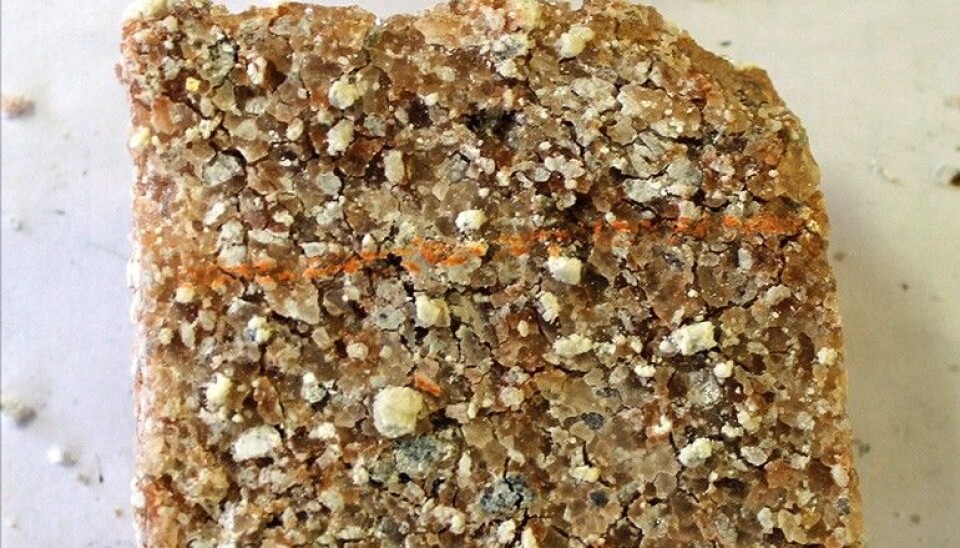An article from NGU - Geological Survey of Norway

Sea salt reveals when oxygen entered Earth's atmosphere
Ancient sea salt drilled from a geologic basin in Russia provides new clues as to how Earth’s atmosphere became rich enough in oxygen to allow life to evolve.
Salt crystals buried deep below the surface for two billion years, provide insight into the ocean chemistry and atmosphere long ago, according to a recent article in the journal Science.
Three billion years ago the Earth's atmosphere lacked the abundant molecular oxygen (O2) that makes air breathable for complex life today. It was not until about 2,3 billion years ago during what scientists call the “Great Oxygenation Event” that this gas began to substantially accumulate in the atmosphere.
Two billion years
"The new results show that at this geological time, oxygen levels in the sea and the atmosphere was higher than previously thought," says geologist Aivo Lepland of the Geological Survey of Norway (NGU). Lepland is a co-author in the recent article produced by a team led by the geochemist Clara Blättler from Princeton University.
The two-billion-old 800-metre thick layer of marine salt deposits was found in Onega basin located in Russian Karelia near the Finnish border.
It is seldom that researchers discover salt crystals from so far back in geological time. “The presence of the sulfates and other minerals in the sample make it possible to estimate the proportion and changes in the oxygen in the Earth’s atmosphere at the time the salt was deposited,” explains Lepland.
A dramatic change
At this time, scientists are uncertain how oxygen entered the Earth’s atmospheric system in the first place. Some believe it has happened gradually, over several hundreds of millions of years, while others believe that it could have changed abruptly.
Clara Blättler believes that the new results support a sudden jump in oxygen levels rather than gradual increase. "The large accumulation of sulfate that we see from our observations favors a much more dramatic transition," said Blättler, in a press release. “You have to push the system really hard to accumulate this much sulfate.”
This research is considered an important step forward in understanding why the Earth's great oxygenation occurred, but also in a larger context, why we are all here.
































